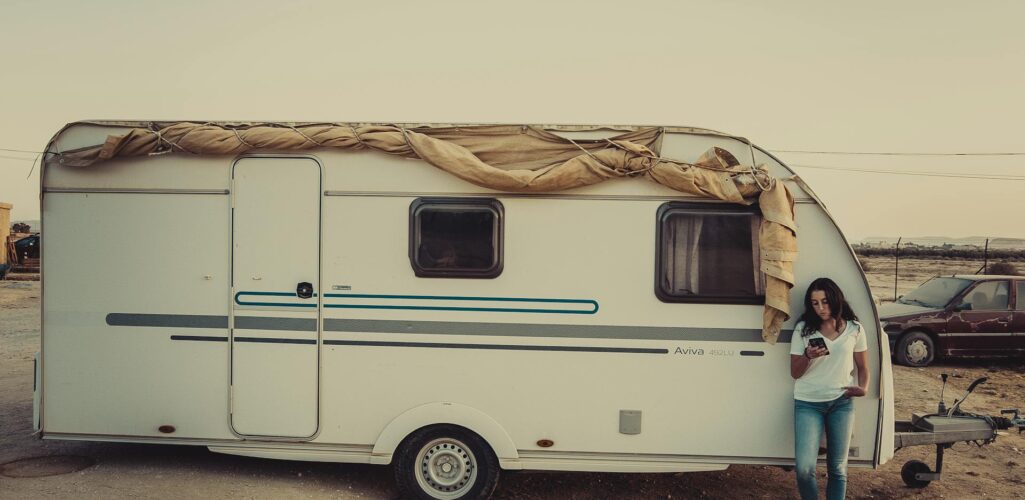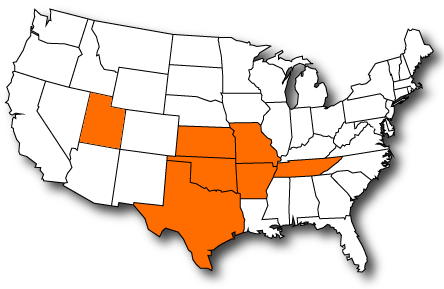Owning an RV provides a distinct sense of freedom and adventure, enabling you to explore the outdoors while enjoying the comforts of home. However, this freedom also comes with the responsibility of protecting your investment from various risks, including water damage.
For RV owners, understanding how RV insurance in Little Rock, AR can cover water damage is crucial. This blog will explore what is typically covered under RV insurance for water damage, common exclusions and limitations, steps to check your coverage, and what to do if you experience water damage.
What Is Covered Under RV Insurance for Water Damage in Little Rock, AR?
When it comes to RV insurance, water damage is a concern that many RV owners may face. Water damage can result from several scenarios, and understanding the types of water damage covered under your policy is essential.
Typically, RV insurance covers water damage caused by accidental and sudden events. For instance, damage caused by a burst pipe, a sudden roof leak during a storm, or flooding from an external source might be covered. This is typically included in the “comprehensive” portion of your RV insurance, which protects against non-collision events such as natural disasters, vandalism, and water damage.
However, it’s important to remember that not all water damage situations are covered. Coverage often depends on the cause of the damage and the specific terms outlined in your policy. For RV owners in Little Rock, AR, it’s beneficial to have a comprehensive understanding of what their insurance policy includes regarding water damage coverage.

Common Exclusions and Limitations
While RV insurance can cover water damage in many cases, there are common exclusions and limitations that policyholders should be aware of. One of the most significant exclusions is damage caused by gradual wear and tear or lack of maintenance. For instance, if water damage occurs due to a roof leak that develops over time and results from a lack of maintenance or negligence, the insurance company might deny the claim. Similarly, mold and mildew damage, often resulting from prolonged exposure to water, may not be covered unless explicitly stated in the policy.
Another common exclusion is damage caused by flooding. While some policies might cover flooding caused by sudden events like a broken dam, damage from external flooding, such as rising water bodies or flash floods, might require additional flood insurance. It’s crucial to carefully review your RV insurance policy to understand these limitations and consider purchasing additional coverage if necessary.
How to Check Your RV Insurance Coverage
To ensure that you have adequate coverage for water damage, reviewing your current RV insurance policy is essential. Start by locating your policy documents and checking the comprehensive coverage section, which typically outlines what types of water damage are covered.
Look for specific mentions of scenarios like leaks, floods, or accidental water exposure. If the language of your policy is unclear or if you have any uncertainties, don’t hesitate to reach out to your insurance provider directly.
Our team at G&G Independent Insurance is here to assist you in clarifying your coverage and exploring additional options to strengthen your protection against water damage. Having a clear understanding of your policy ensures you’re fully prepared and helps prevent any surprises when it comes time to file a claim.
What to Do if You Experience Water Damage
If your RV experiences water damage, taking immediate action is crucial to minimize the damage and ensure a smooth claims process. Start by documenting the damage as soon as you notice it. Take clear photos and videos of the affected areas, including any visible signs of water intrusion, damage to interior furnishings, and potential mold growth.
Then, reach out to your insurance provider to report the damage and start the claims process. Be prepared to provide detailed information about the incident, including the date and cause of the damage and the extent of the impact on your RV. Your insurance company will guide you through the claims process, which may involve an inspection by an adjuster to assess the damage.
While waiting for your claim to be processed, take steps to prevent further damage. For example, if a leak is the source, try to temporarily seal the area or move any valuable items away from the affected zone. Dry out any wet areas as much as possible to prevent mold and mildew growth.
How to Ensure Adequate Coverage
Ensuring that your RV insurance policy includes comprehensive coverage for water damage is essential for protecting your investment. One way to enhance your coverage is by adding specific riders or endorsements to your policy. These additions can provide extra protection for scenarios not covered under your standard policy, such as coverage for gradual water damage, mold remediation, or external flooding.
Another option is to review your deductible amounts. While a higher deductible might lower your premium, it also means more out-of-pocket costs in the event of a claim. Ensure that your deductible is at a level you are comfortable with in case of water damage.
Regularly reviewing your policy with an insurance expert, such as those at G&G Independent Insurance, can also help ensure your coverage remains adequate as your needs change over time.
Conclusion
Understanding and verifying your RV insurance coverage for water damage is essential for RV owners in Little Rock, AR. Knowing what is covered, recognizing common exclusions, and taking proactive steps to check your coverage can prevent unexpected expenses and ensure peace of mind.
If you have concerns about your current policy or want to enhance your coverage, contact G&G Independent Insurance in Little Rock, AR, today. Our team is here to help you navigate your options and ensure your RV is adequately protected against water damage.


